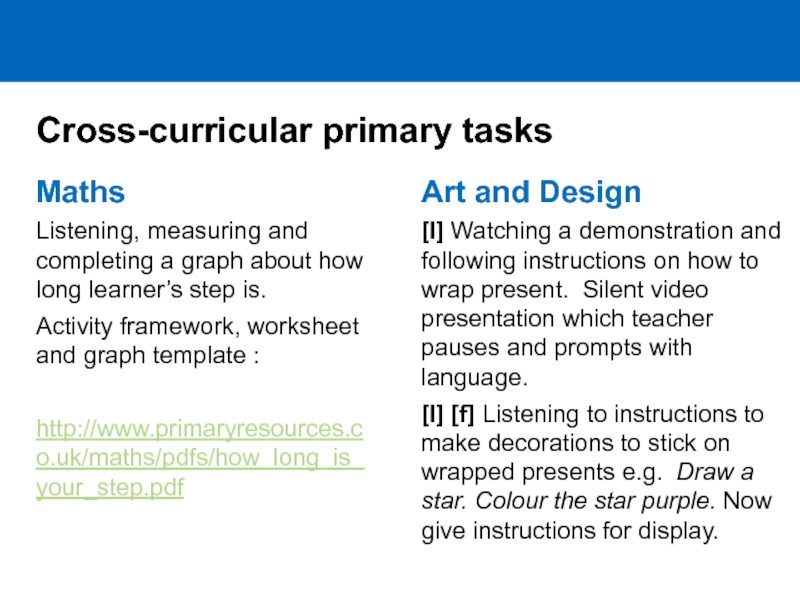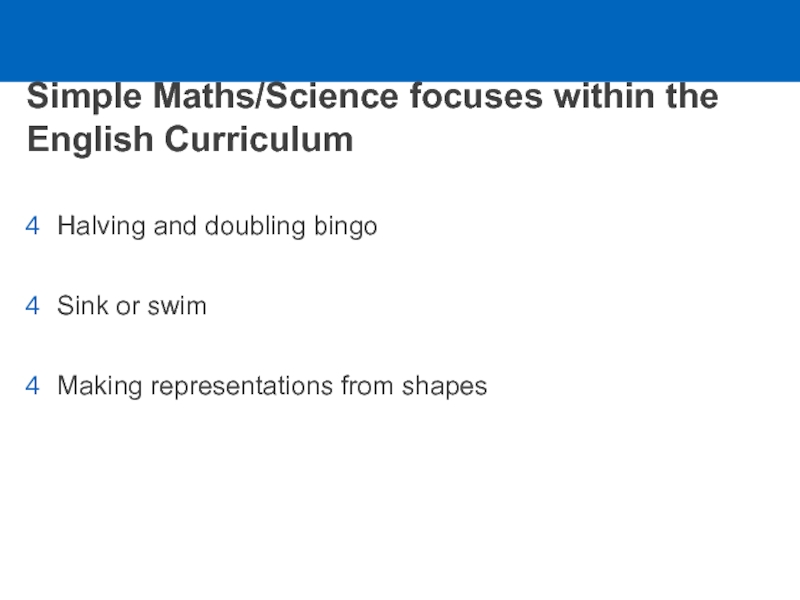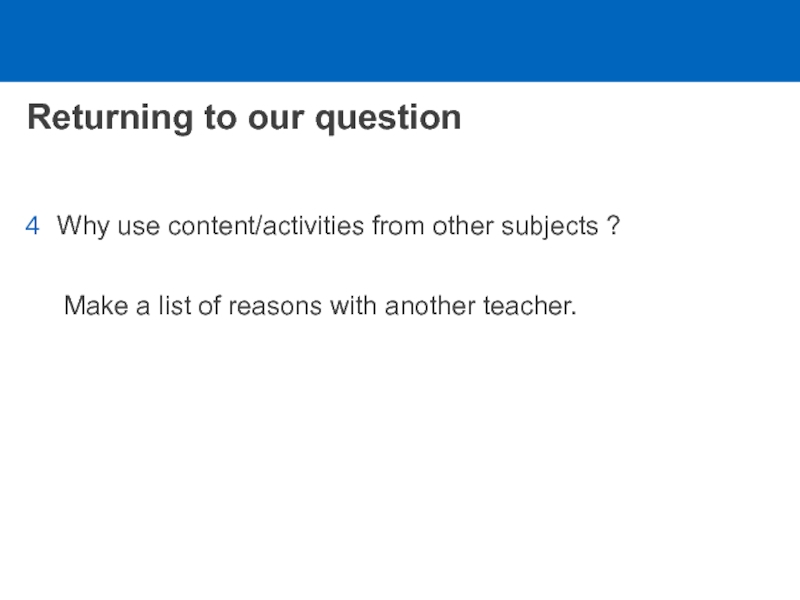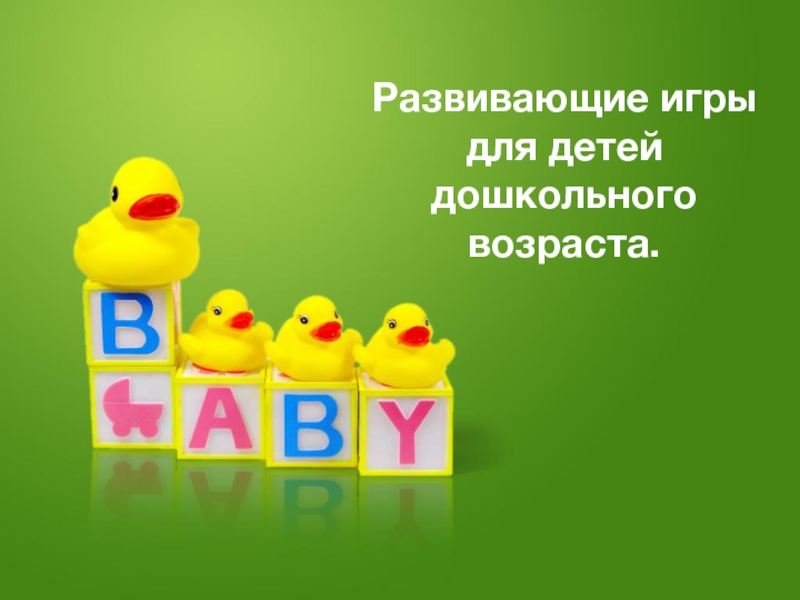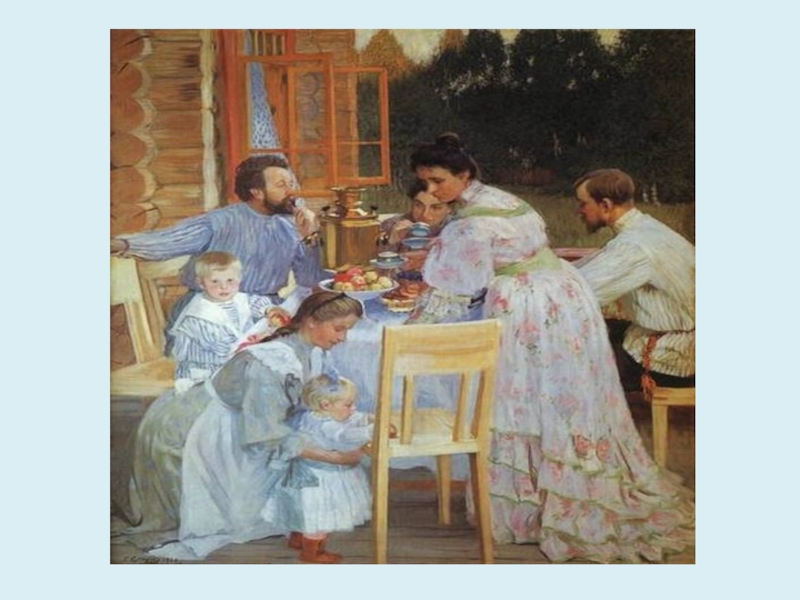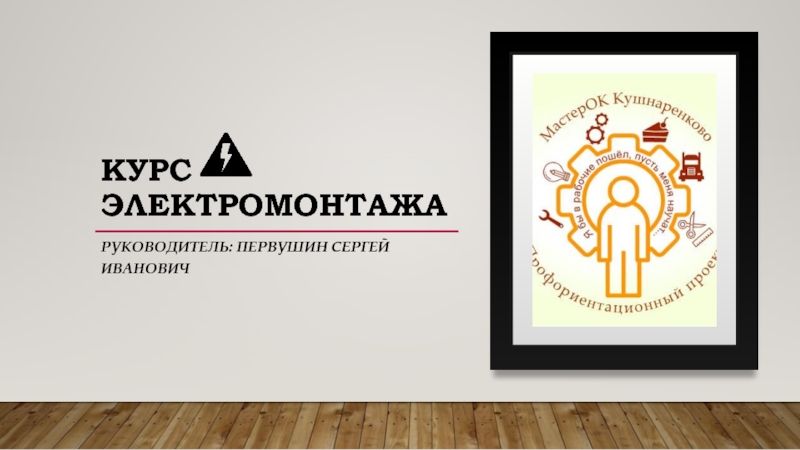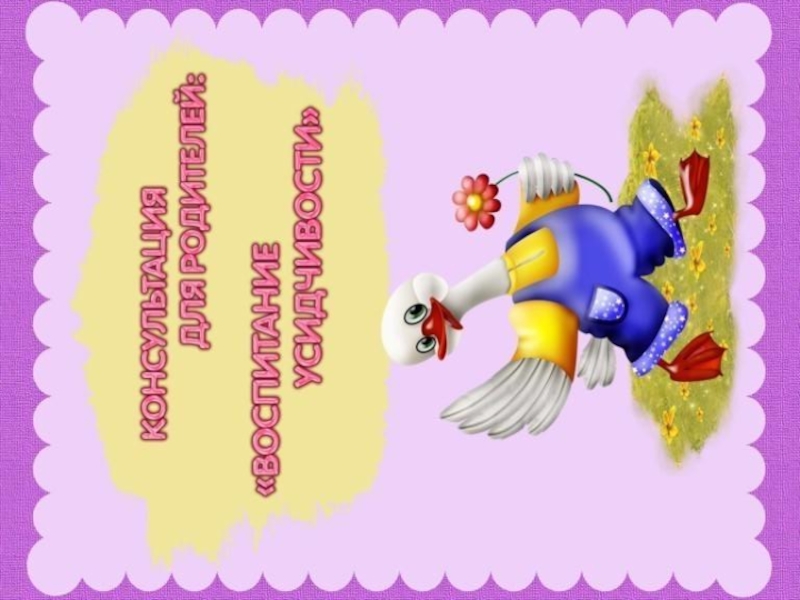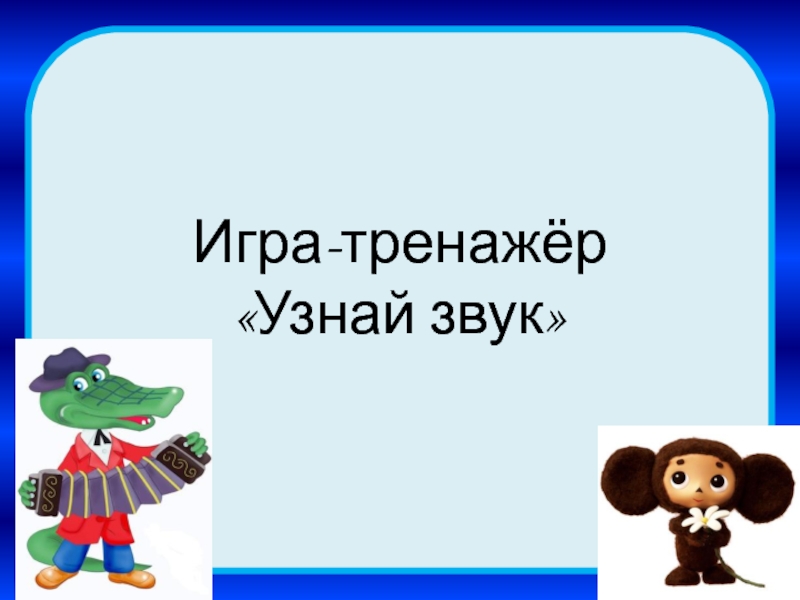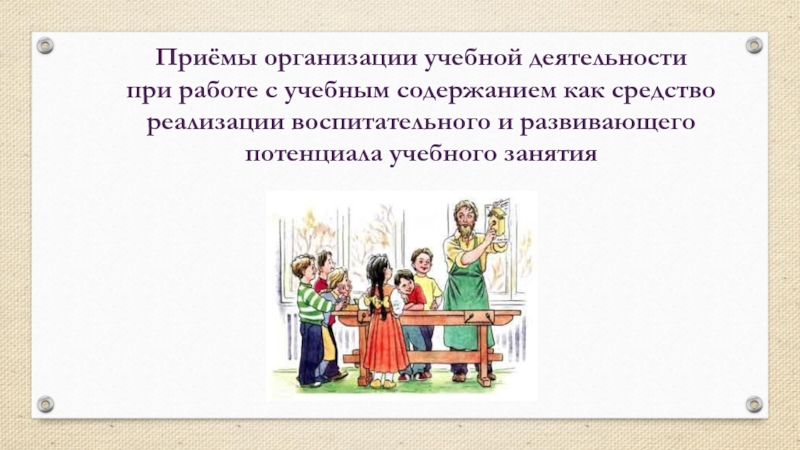- Главная
- Разное
- Дизайн
- Бизнес и предпринимательство
- Аналитика
- Образование
- Развлечения
- Красота и здоровье
- Финансы
- Государство
- Путешествия
- Спорт
- Недвижимость
- Армия
- Графика
- Культурология
- Еда и кулинария
- Лингвистика
- Английский язык
- Астрономия
- Алгебра
- Биология
- География
- Детские презентации
- Информатика
- История
- Литература
- Маркетинг
- Математика
- Медицина
- Менеджмент
- Музыка
- МХК
- Немецкий язык
- ОБЖ
- Обществознание
- Окружающий мир
- Педагогика
- Русский язык
- Технология
- Физика
- Философия
- Химия
- Шаблоны, картинки для презентаций
- Экология
- Экономика
- Юриспруденция
Features of primary language classroom management презентация
Содержание
- 1. Features of primary language classroom management
- 2. Session 1: Types of language classroom question and correction techniques
- 3. Questions relating to issues in this session?
- 4. Teachers typically ask between 300-400 questions per
- 5. EFL: Types of questions
- 6. Language teacher questions convergent question hypothetical question
- 10. Error Correction Correction symbols Some teachers
- 11. Returning to our question… How can
- 12. Session 2: Using story input
- 13. Questions relating to issues in this session
- 14. Tiddler ‘story’ [W] Listening to
- 15. Key class phases in story activity Pre:
- 16. Bike stories: Curious George and other bikes
- 17. Returning to our question How can
- 18. Session 3: Craft activities and display
- 19. Questions related to issues in the session
- 20. Audio, visual and kinaesthetic learners Learning styles
- 21. Audio learners like teachers that: use role
- 22. Visual learners like teachers that: use pictures
- 23. Kinaesthetic learners like teachers that: encourage good
- 24. What’s in a task? visual learners auditory
- 25. Making finger/potato/hand puppets a simple hand [bag] puppet www.youtube.com/watch?v=BnFdE7lbaBE
- 26. Making a traditional hat www.youtube.com/watch?v=nzmAf5xjQBo
- 27. Display Display as stimulus - designed to
- 28. Key elements in display imagination: think
- 29. Primary Display Internet inspiration Find ‘display’ images
- 30. Returning to our earlier questions What
- 31. Session 4: Cross-curricular learning
- 32. Questions related to this session Why
- 33. Collaborative teaching http://www.youtube.com/watch?v=o0u16p4wyoE
- 34. Science [P] Listening to instructions for cutting
- 35. Cross-curricular primary tasks Maths Listening, measuring and
- 36. Simple Maths/Science focuses within the English Curriculum
- 37. Returning to our question Why use
Слайд 3Questions relating to issues in this session?
Why are questions crucial in
How can we categorise types of classroom question?
What are crucial features in differentiating questions?
How can Ts vary question interaction patterns?
How and when do teachers correct answers?
Слайд 4Teachers typically ask between 300-400 questions per day
Questioning is crucial
managing the class
engaging students with content
encouraging participation
increasing understanding.
promoting formative assessment.
The quantity of questions asked needs to be considered in relation to:
general time constraints
keep teacher talking time to a minimum
their effectiveness in maximising learner contributions.
Слайд 6Language teacher questions
convergent question
hypothetical question
probing question
procedural question
display question
divergent question
concept checking question
referential
to move lesson stages/activities along
to elicit a range of learner language
to check learners have understood
to explore learner answers further
to focus on language meaning and forms
to promote learner speculation
to elicit a simple correct answer
to elicit something the teacher does not know answer to.
Слайд 10Error Correction
Correction symbols
Some teachers use prompts for correction while speaking. Some
Make a ‘T’ with fingers to illustrate missing ‘the’.
Show a small word missing by holding thumb and forefinger close together.
Cross hands over to show wrong word order.
… can you add to this list.
Слайд 11Returning to our question…
How can we categorise types of classroom question?
Give
Слайд 13Questions relating to issues in this session
Why do young learners find
How can features of stories be exploited pre-,while- and post-listening/reading?
How can Ts modify language when storytelling?
What’s the impact of accompanying story listening with viewing?
Слайд 14Tiddler ‘story’
[W] Listening to an animal story with illustrations
[I] Listening to instructions for drawing, making and decorating different fish.
[P] Writing captions (bubbles) of things learners remember from the story or fish might say.
Слайд 15Key class phases in story activity
Pre:
pre-teaching/eliciting vocabulary
introducing characters
story-telling setting: mat,
While:
images, animation, reinforcing language
listening and reading along
audience participation/pantomime
Post:
character empathy/voice consolidation
consolidating language
drama, craft, display
Слайд 16Bike stories: Curious George and other bikes
[W] Learners turn illustrations of
www.myonlinereading.com/my-new-bike.php
[D] Teacher introduces some key words from the story: curious surprise animal show newspaper www.youtube.com/watch?v=eX7Jv_1YsuE
[W] Whole class watches animation ‘Curious George rides his bike’ and listen to teacher tell story.
[P] Learners work in pairs and make up and write captions for different sequences in the story.
[W] Teacher tells the story with animation again and learners shout out captions i.e. what ‘Curious George’ says/is thinking.
[W] Learners write out a selection of captions for a class story display.
Слайд 17Returning to our question
How can Ts modify language when storytelling?
Discuss with
Слайд 19Questions related to issues in the session
What are the different learning
How can teachers effectively address these in activities?
What type of language does performing craft activities particularly involve.
What purposes can organised classroom display serve?
Слайд 20Audio, visual and kinaesthetic learners
Learning styles are simply different preferences in
If teachers develop their teaching styles and provide a variety of tasks in these different styles, learning will become more effective and efficient.
Слайд 21Audio learners like teachers that:
use role plays as part of their
encourage classroom discussions
encourage learners to work in groups
give time for learners to ask questions
include reading passages aloud in their teaching
makes learners recall facts by reciting things – rhymes, mnemonics, etc.
do not need absolute silence in the classroom.
Audio, visual and kinaesthetic learners
Слайд 22Visual learners like teachers that:
use pictures and videos
draw on the board
ask
gives learners time to sketch out ideas or to take notes
encourages use of coloured pens
likes to have a colourful classroom.
Audio, visual and kinaesthetic learners
Слайд 23Kinaesthetic learners like teachers that:
encourage good note-taking (when watching videos, listening
use activities that include moving around the classroom
use sticky-notes and flash cards for noting and sorting ideas
encourage learning by doing, not just sitting.
Audio, visual and kinaesthetic learners
Слайд 24What’s in a task?
visual learners
auditory learners
kinaesthetic learners
Look at the
Слайд 25Making finger/potato/hand puppets
a simple hand [bag] puppet
www.youtube.com/watch?v=BnFdE7lbaBE
Слайд 27Display
Display as stimulus - designed to arouse interest in a particular
Display as information - designed to inform; provide reinforcement; act as resource, prompt
Display as celebration - designed to present children's work to a wider audience. validate work, sense of community, achievement and respect
Слайд 28Key elements in display
imagination: think big and out of the
effort: think planning and resourcing
structure: think background, focus, visibility
organisation: think timing and process
Refresh, update and move on.
Слайд 29Primary Display Internet inspiration
Find ‘display’ images from real classrooms that might
Spring in Kazakhstan
Underwater ocean scene
Puppet/mobile displays
Classroom rules/signs display
Слайд 30Returning to our earlier questions
What was the main motivational ‘purpose’ behind
What type of language did our craft activities typically involve.
Слайд 32Questions related to this session
Why use content/activities from other subjects ?
Can
What are some ways in which we can teach collaboratively?
What additional steps are involved in cross-curricular lessons?
Слайд 34Science
[P] Listening to instructions for cutting out, vehicle outlines, making body
[P] Visiting teacher’s moving parts shop and requesting the things needed to make rest of vehicle.
[P] Writing out labels in the form of flags for to put on learner vehicles, e.g. Tom and Tina’s tractor.
[W] Saying where your vehicle can get to (vehicles rolled down a gentle slope and along a flat surface). Rest of class asked: Can it?
Слайд 35Cross-curricular primary tasks
Maths
Listening, measuring and completing a graph about how long
Activity framework, worksheet and graph template :
http://www.primaryresources.co.uk/maths/pdfs/how_long_is_your_step.pdf
Art and Design
[I] Watching a demonstration and following instructions on how to wrap present. Silent video presentation which teacher pauses and prompts with language.
[I] [f] Listening to instructions to make decorations to stick on wrapped presents e.g. Draw a star. Colour the star purple. Now give instructions for display.
Слайд 36Simple Maths/Science focuses within the English Curriculum
Halving and doubling bingo
Sink or
Making representations from shapes

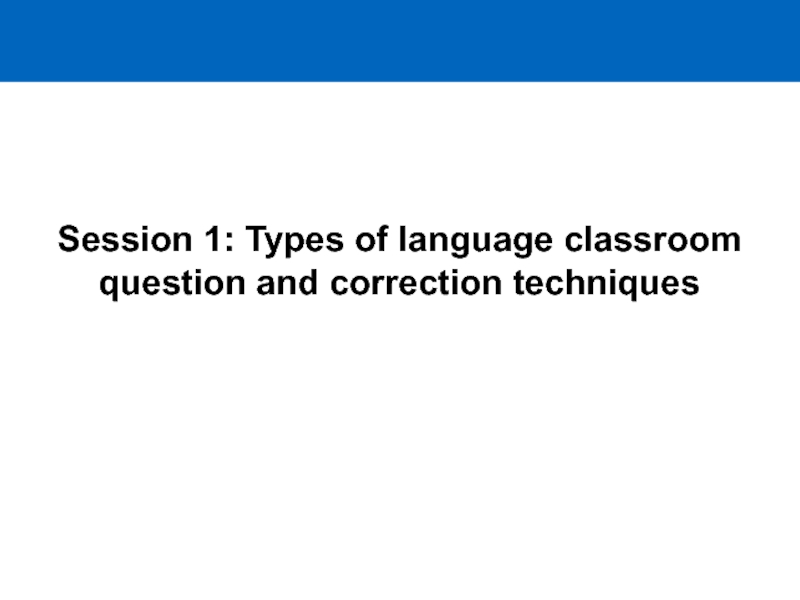
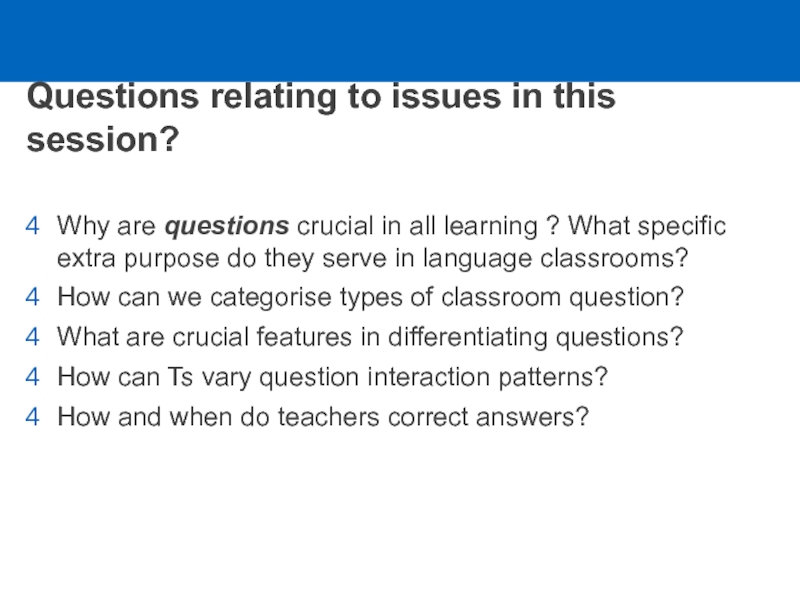
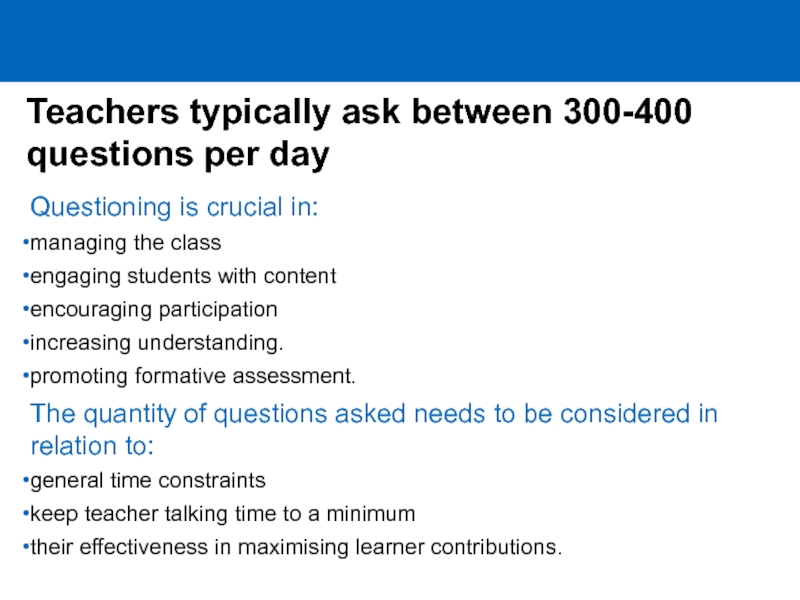
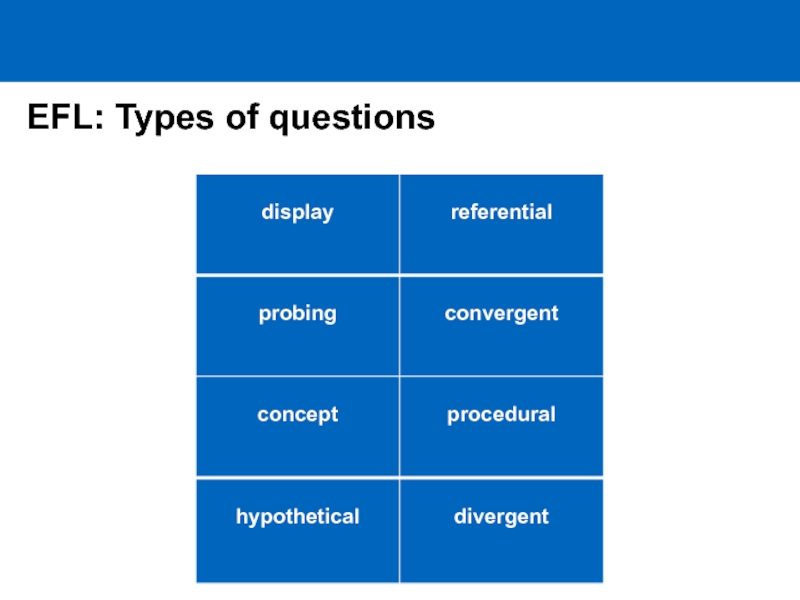
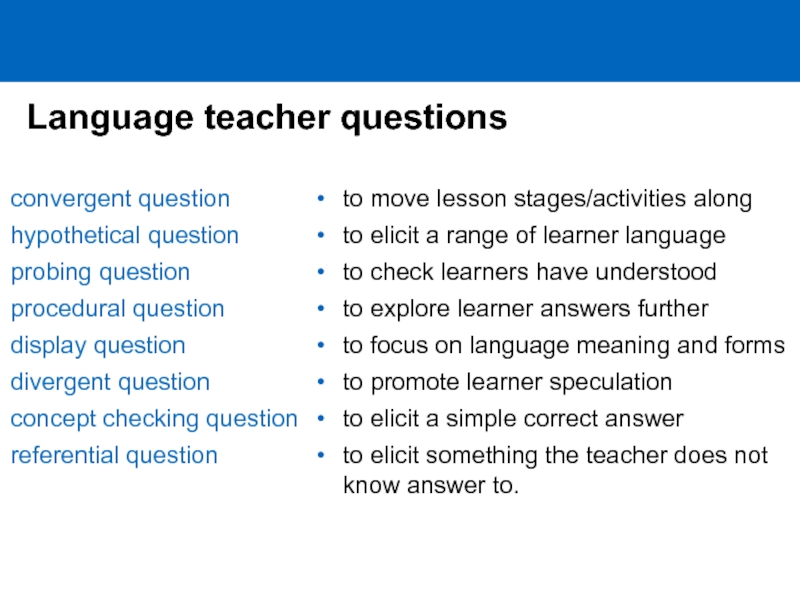
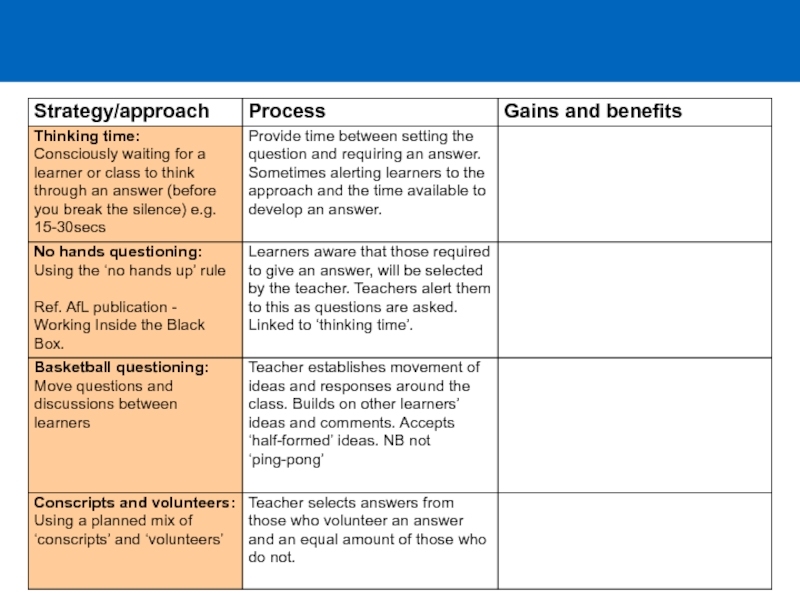
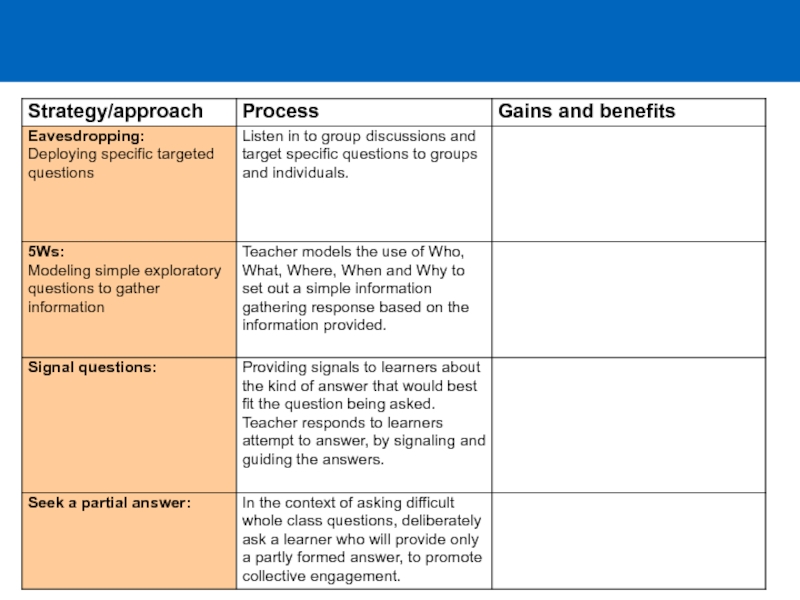
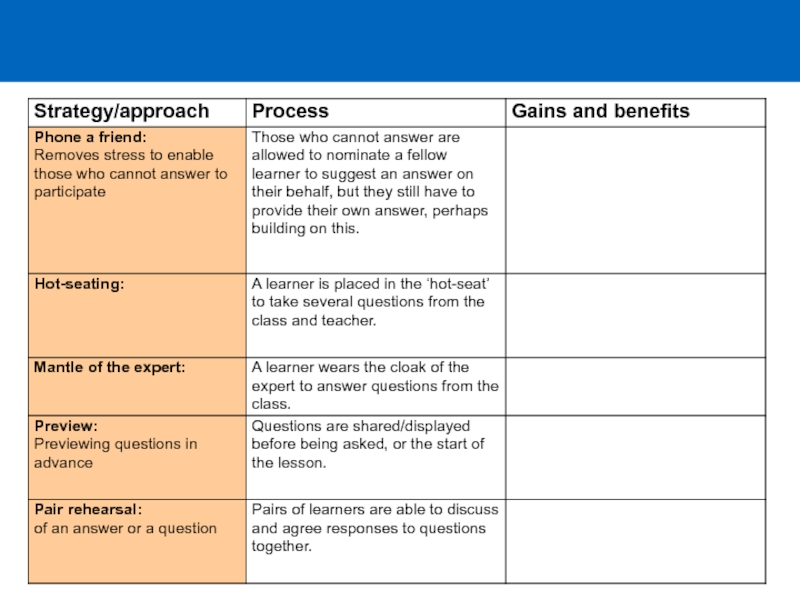
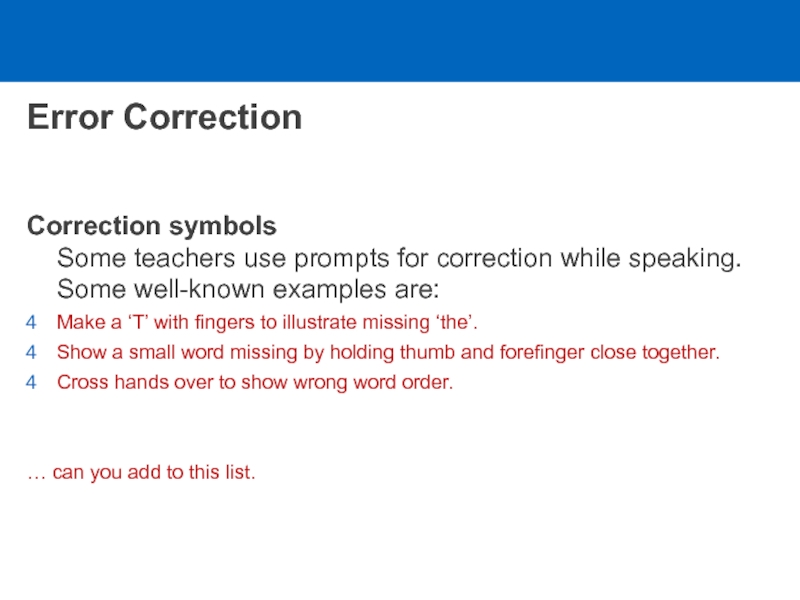
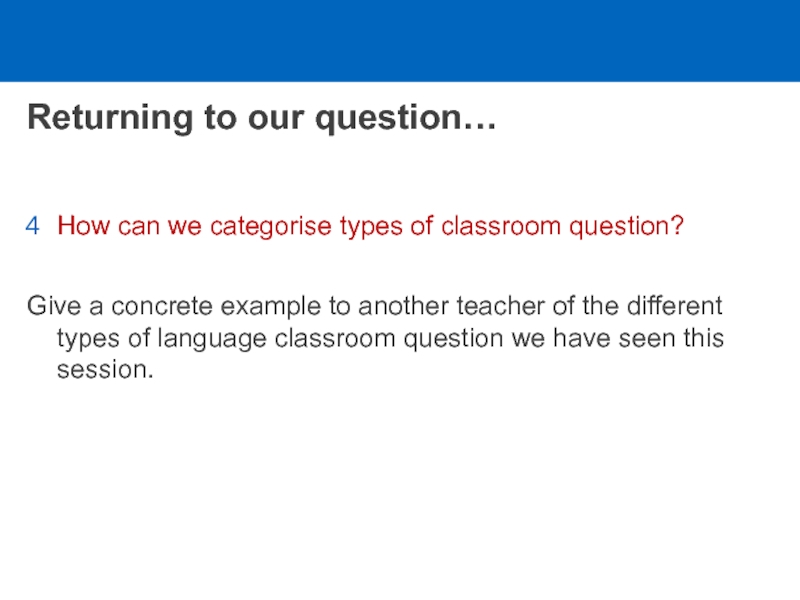
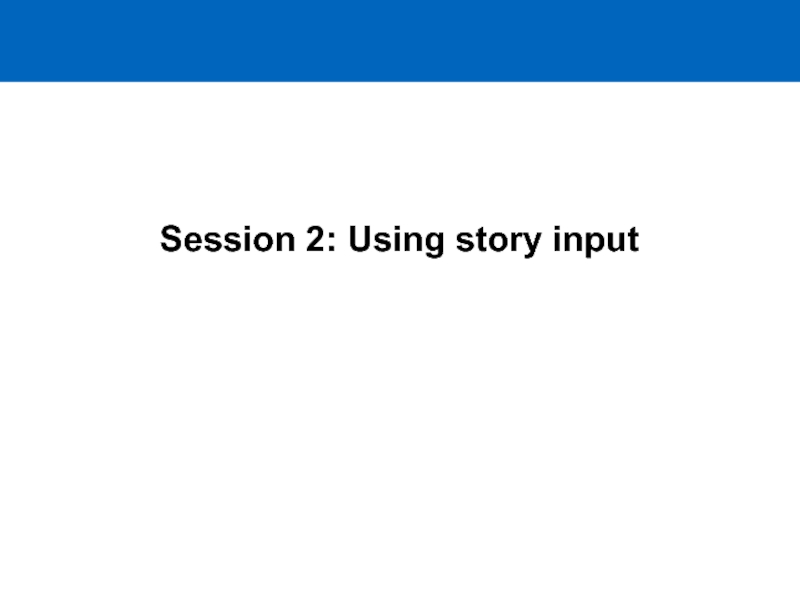
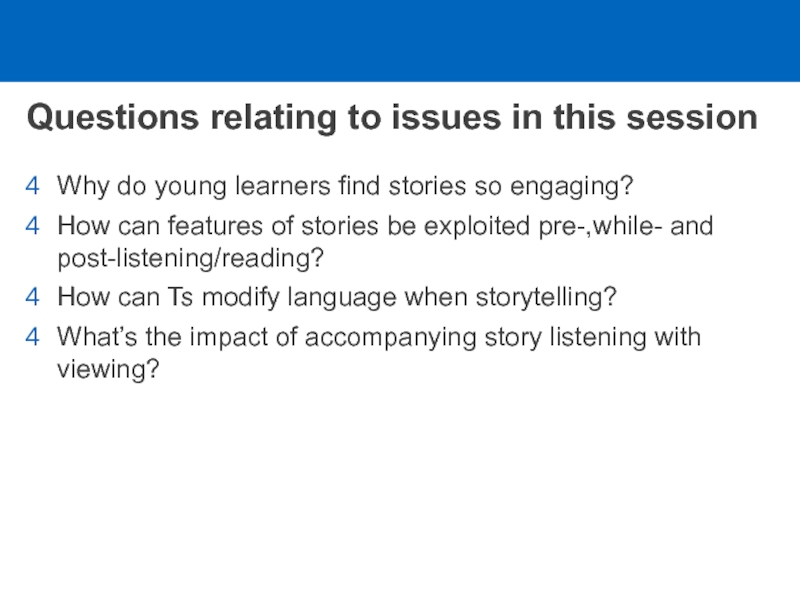
![Tiddler ‘story’ [W] Listening to an animal story with illustrations e.g. ‘Tiddler’. Teacher reads the](/img/tmb/5/447369/ffbfd5d0852c3eb9211bccb34bcab8fc-800x.jpg)
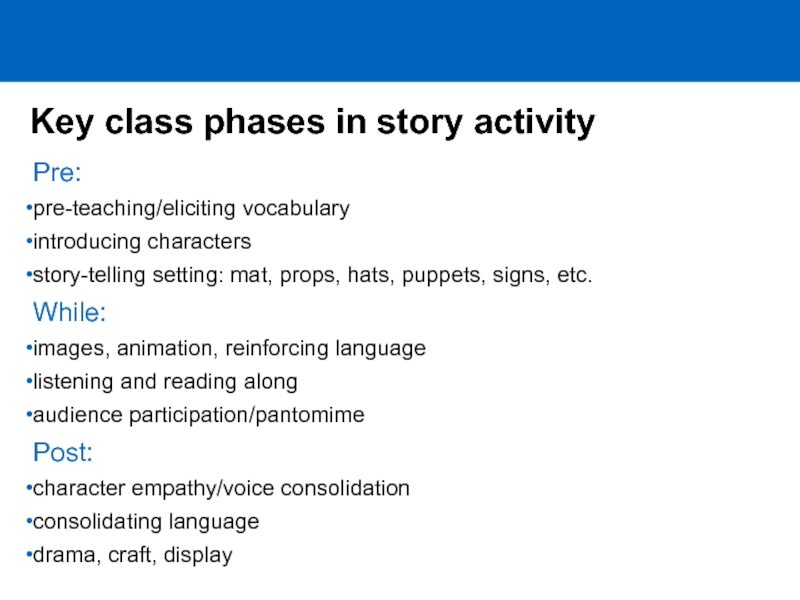
![Bike stories: Curious George and other bikes[W] Learners turn illustrations of a bike story ‘My](/img/tmb/5/447369/d9a0c96393ce81e915870d9b0784cdc8-800x.jpg)
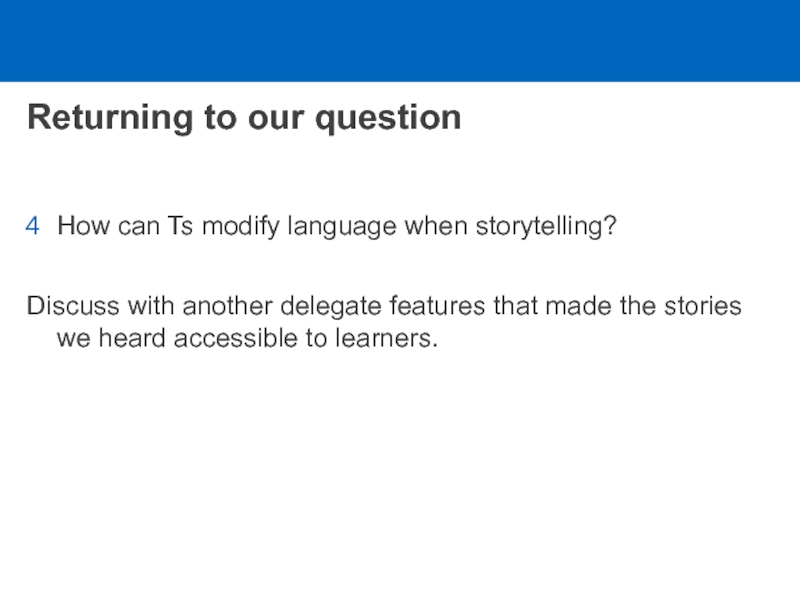
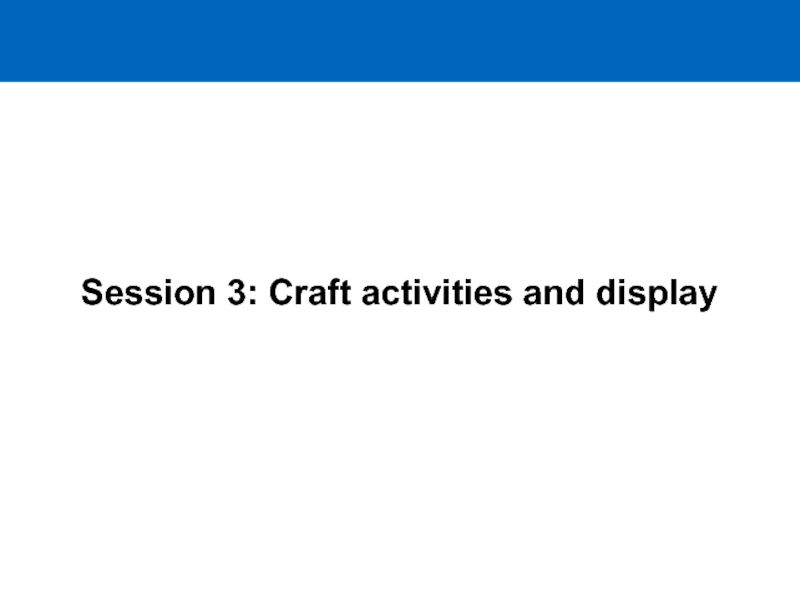
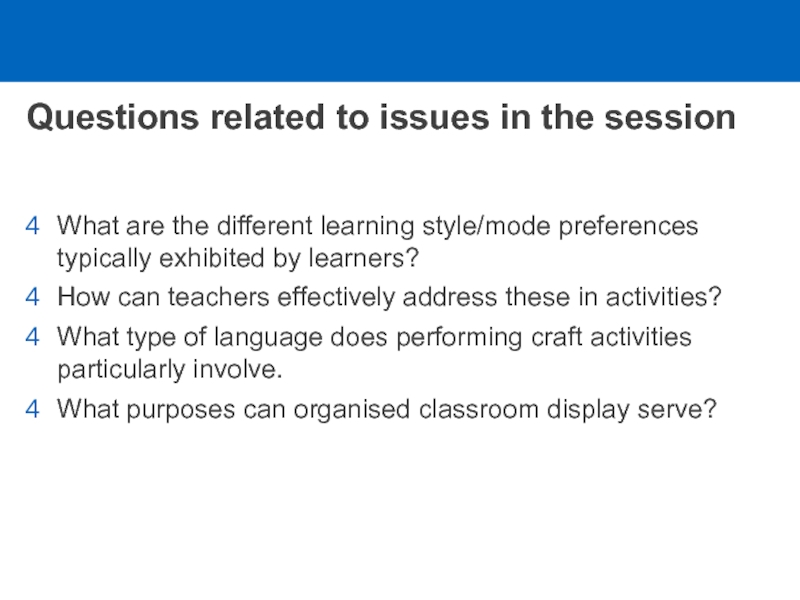
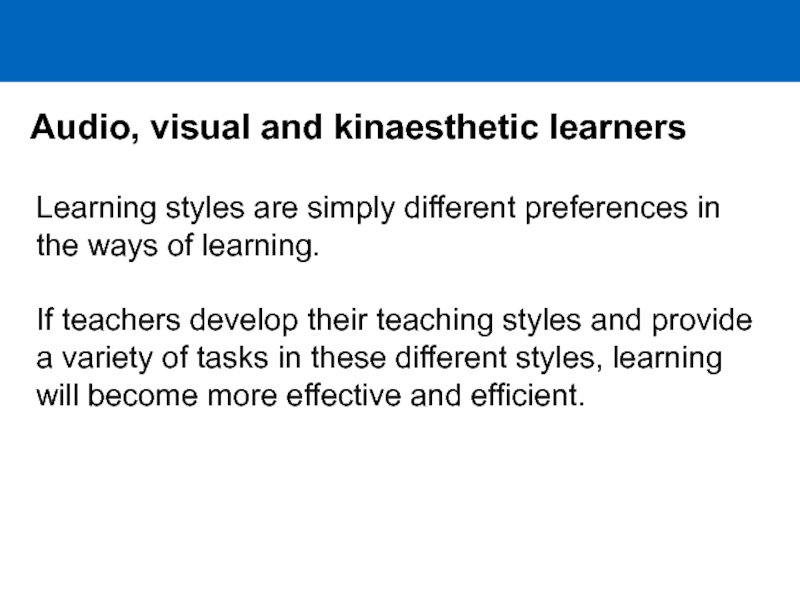
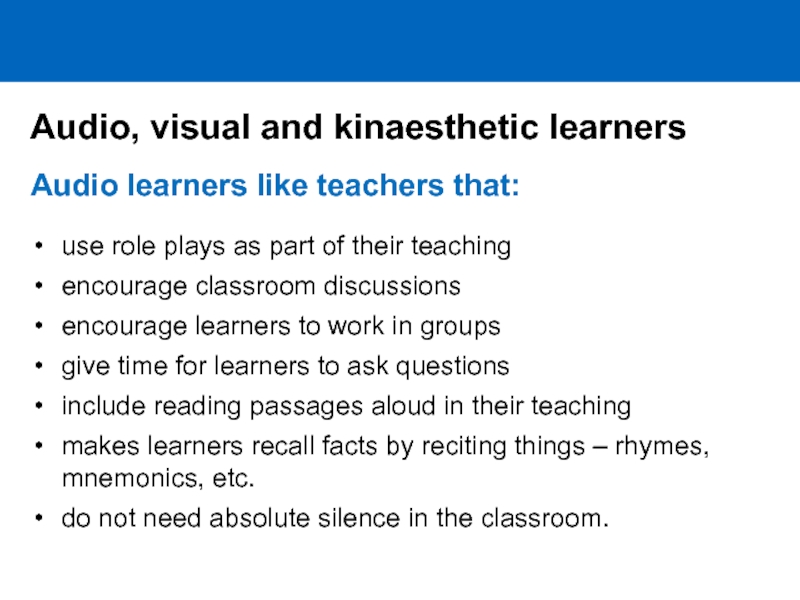
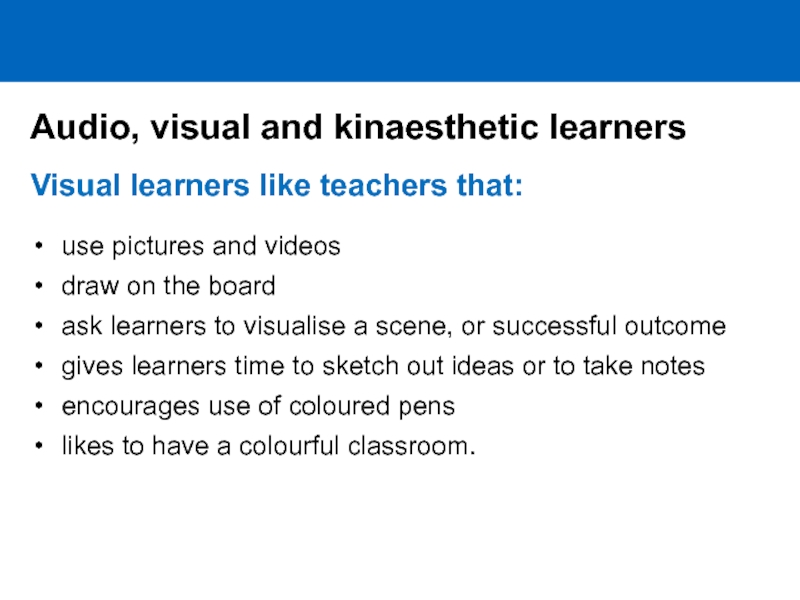
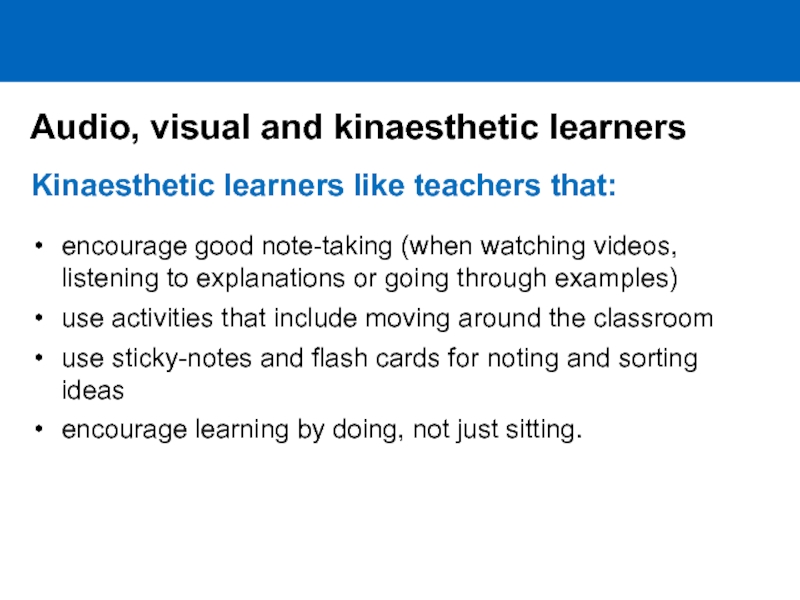
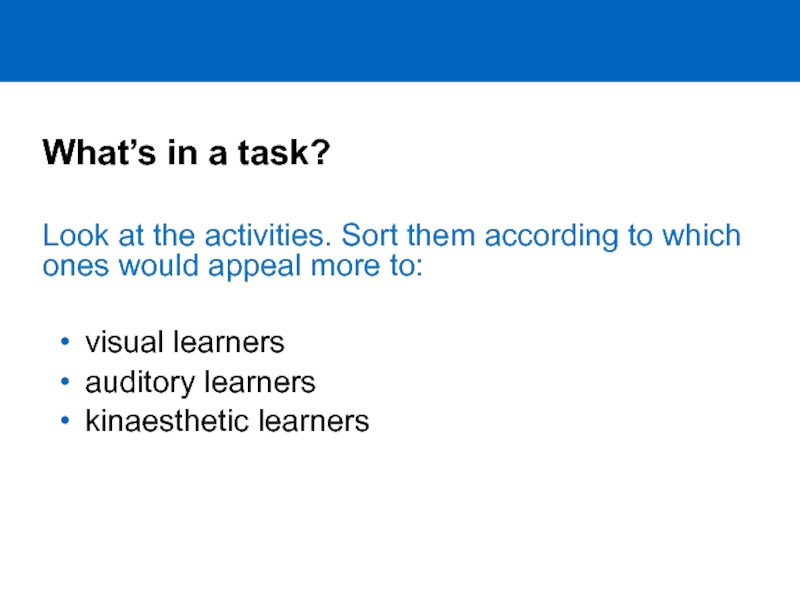
![Making finger/potato/hand puppetsa simple hand [bag] puppetwww.youtube.com/watch?v=BnFdE7lbaBE](/img/tmb/5/447369/dede83a2f7ccf3ad8bd5a2157cd26d39-800x.jpg)
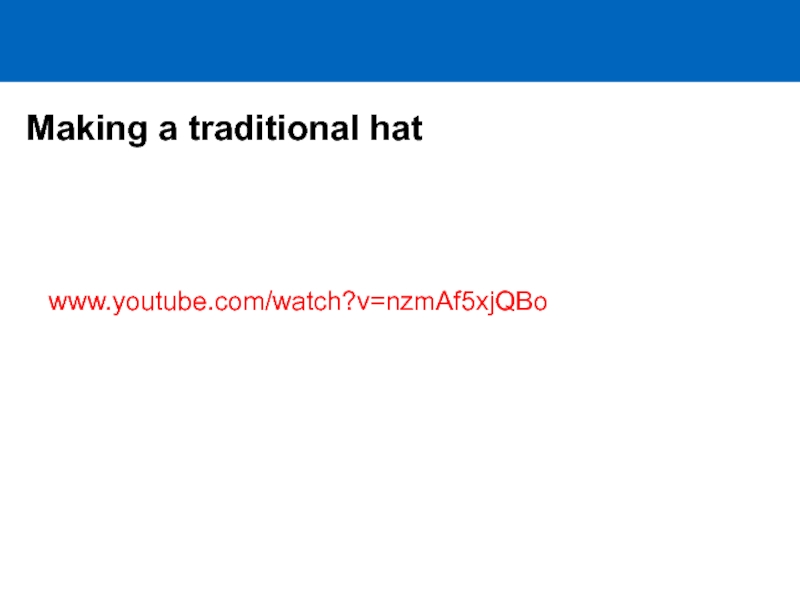
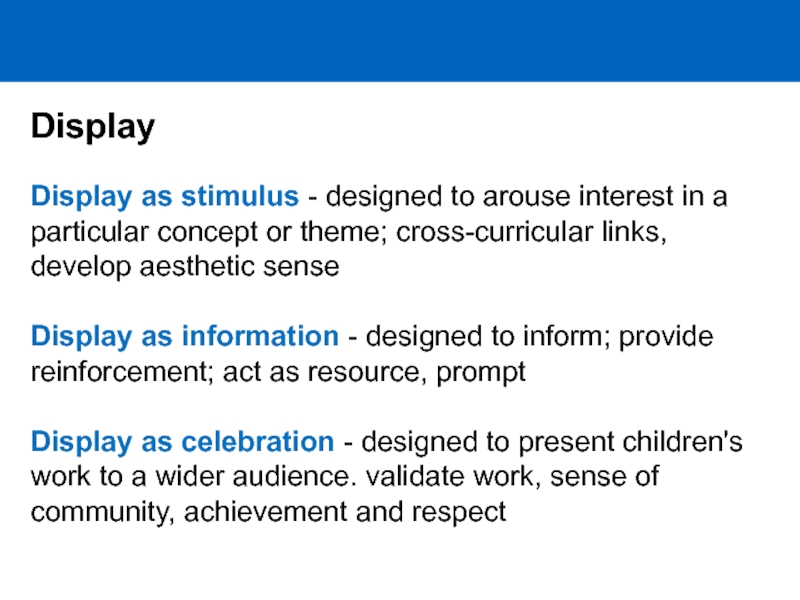
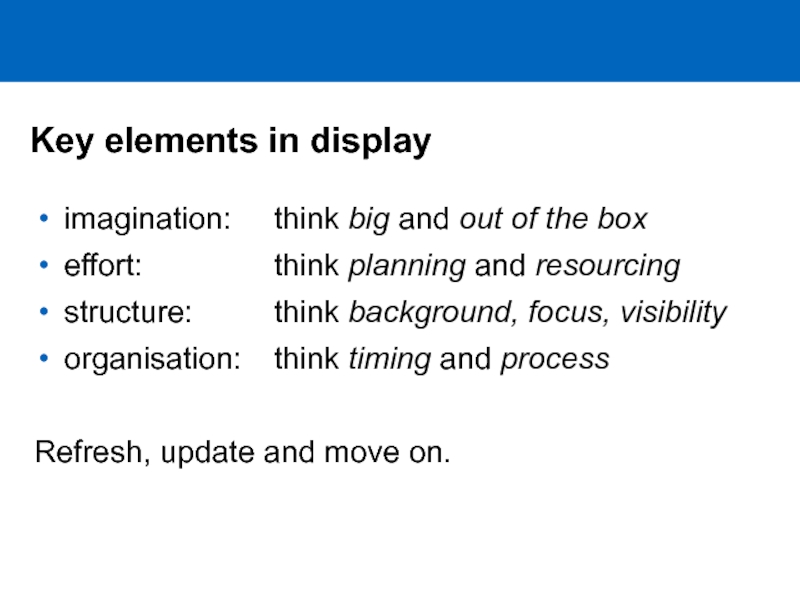

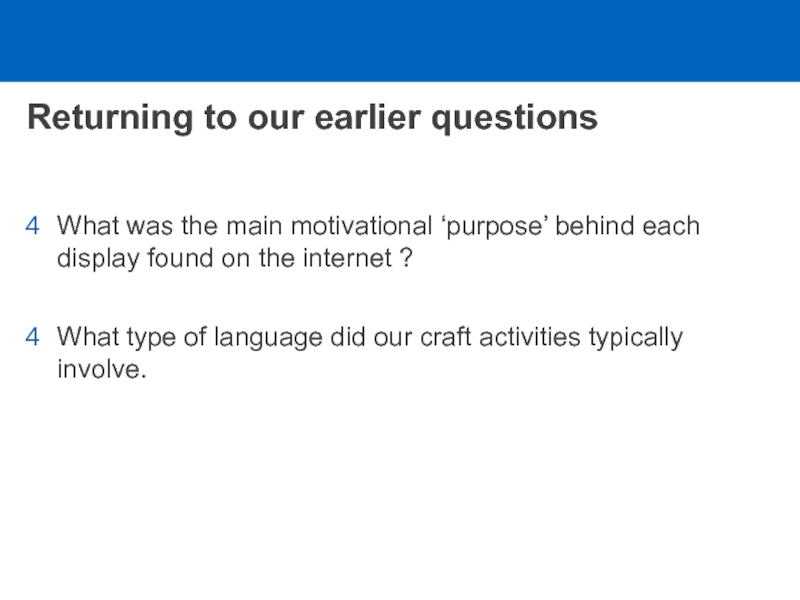
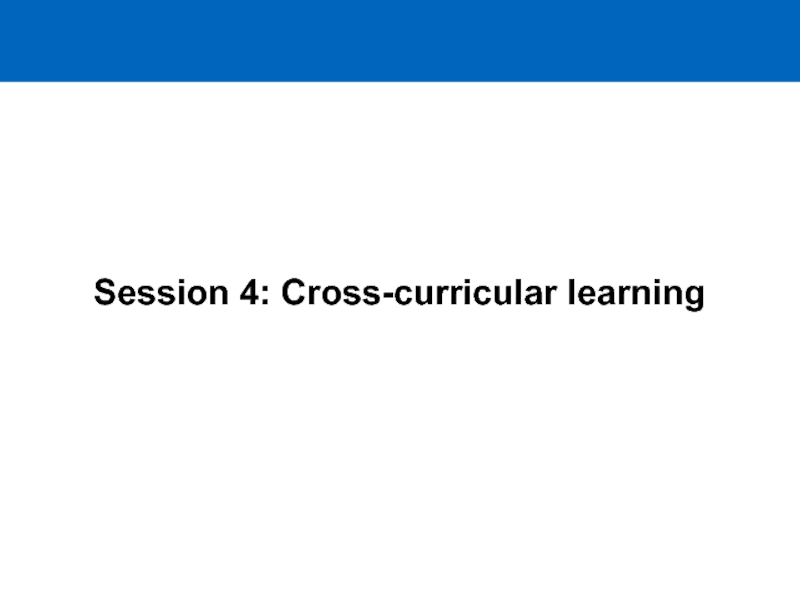
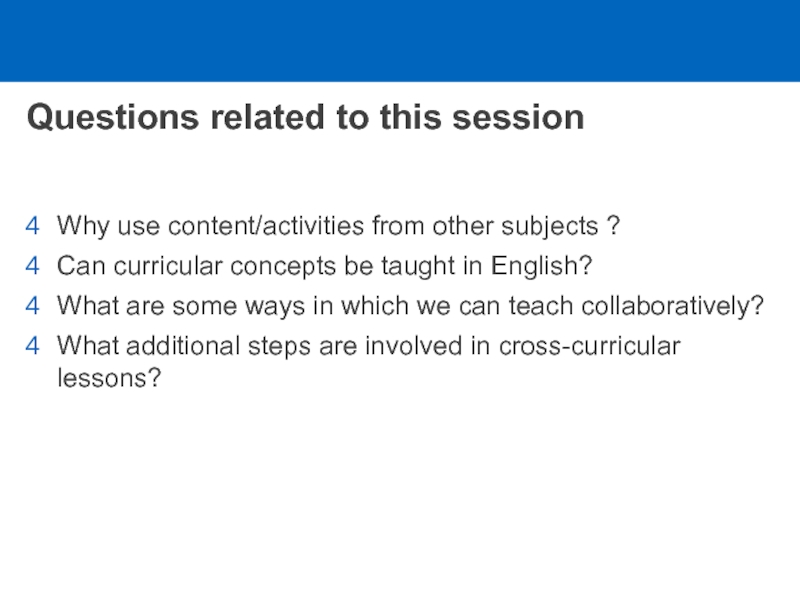
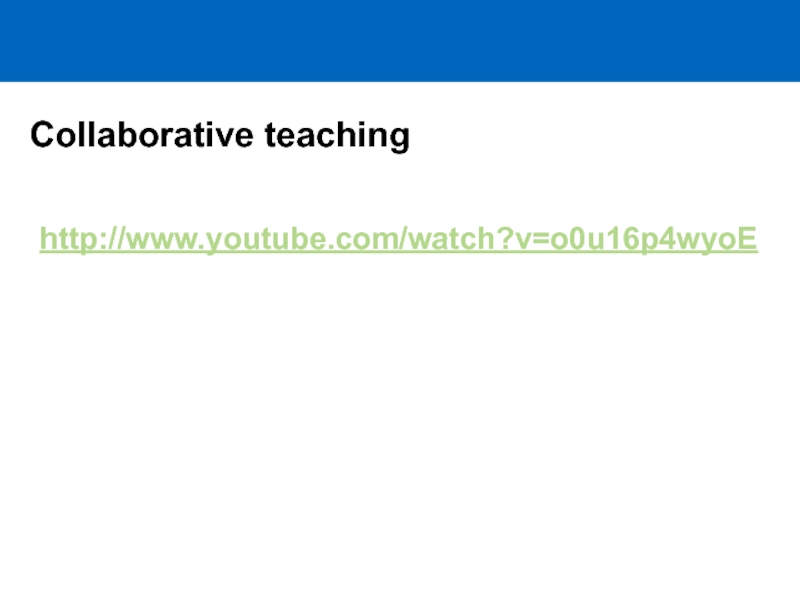
![Science[P] Listening to instructions for cutting out, vehicle outlines, making body of vehicle and showing](/img/tmb/5/447369/d5c15002871439807db17725f7e73e3b-800x.jpg)
